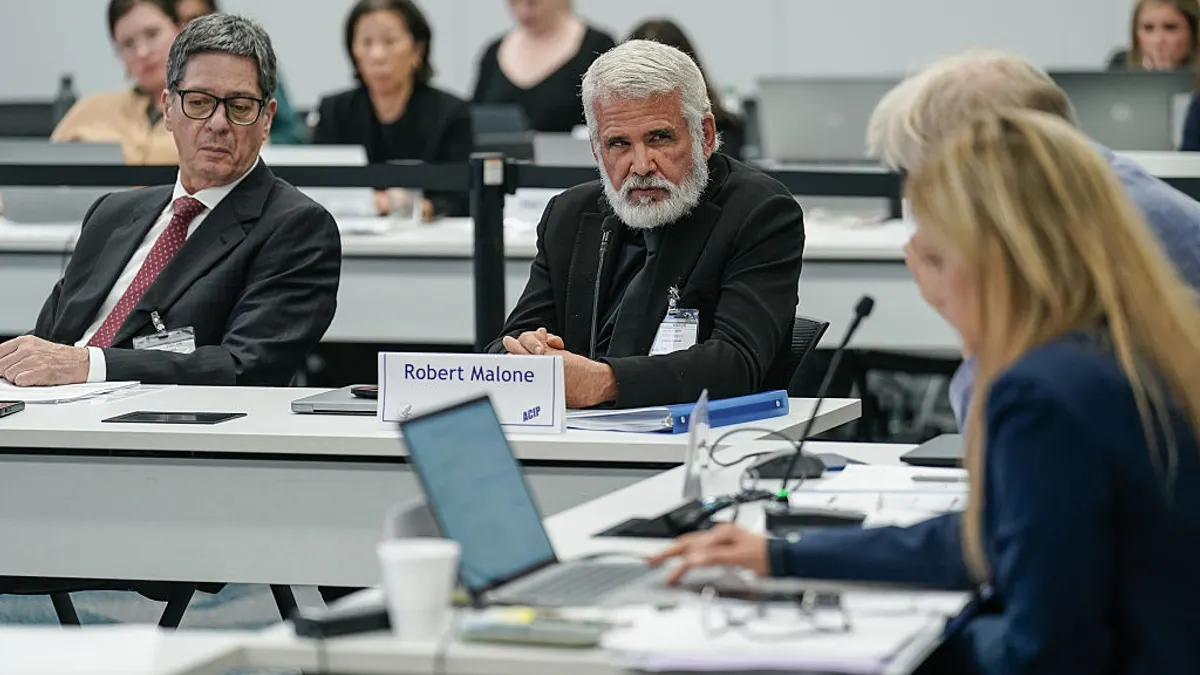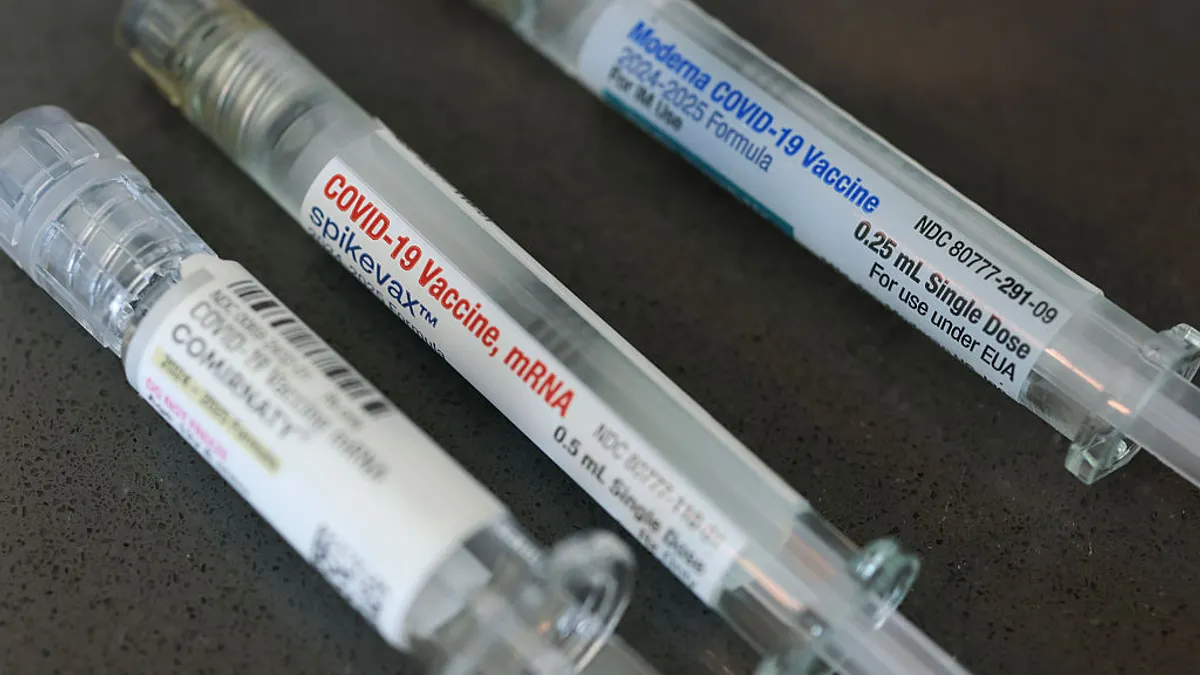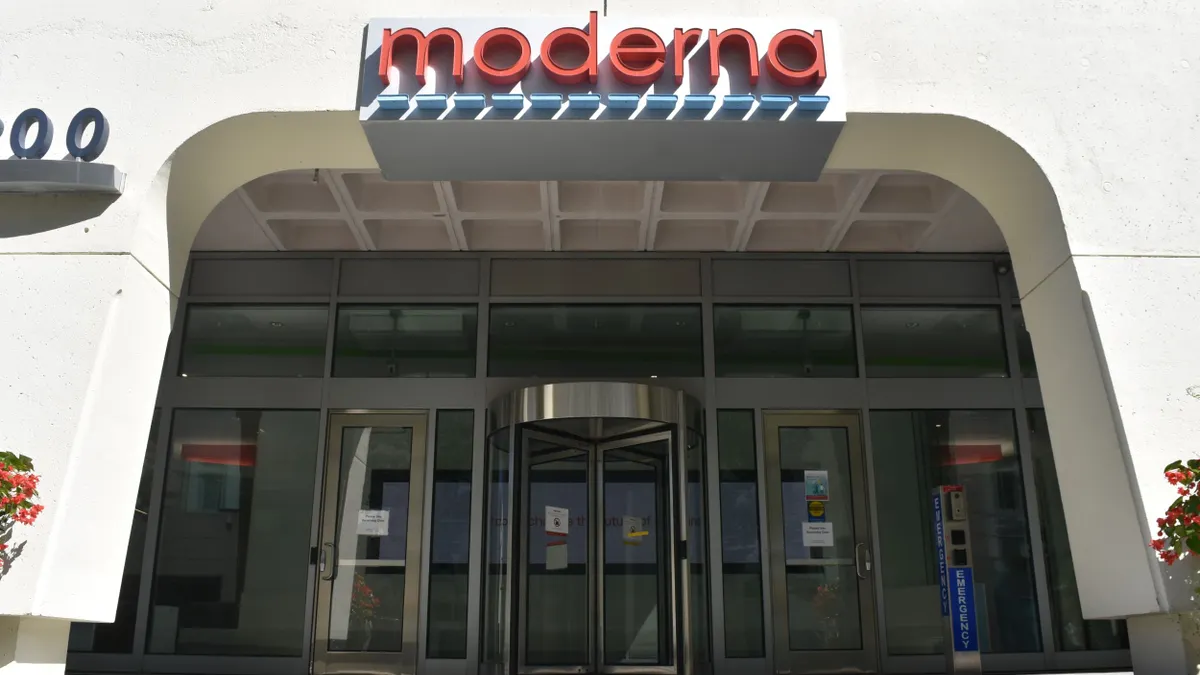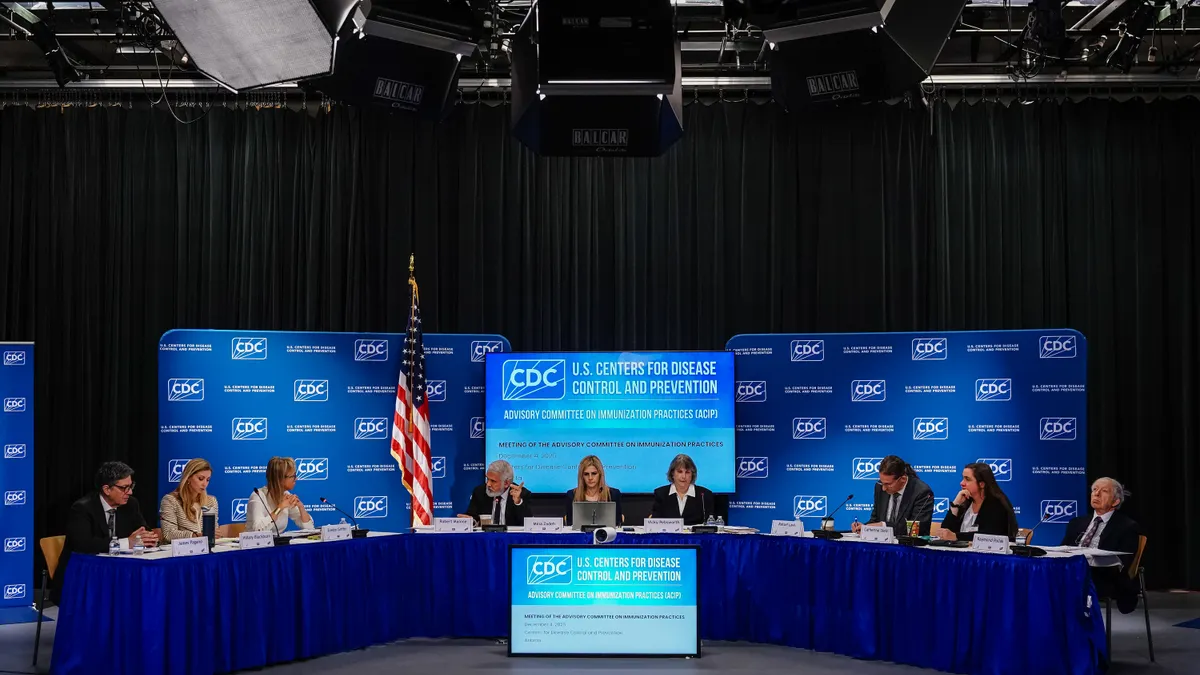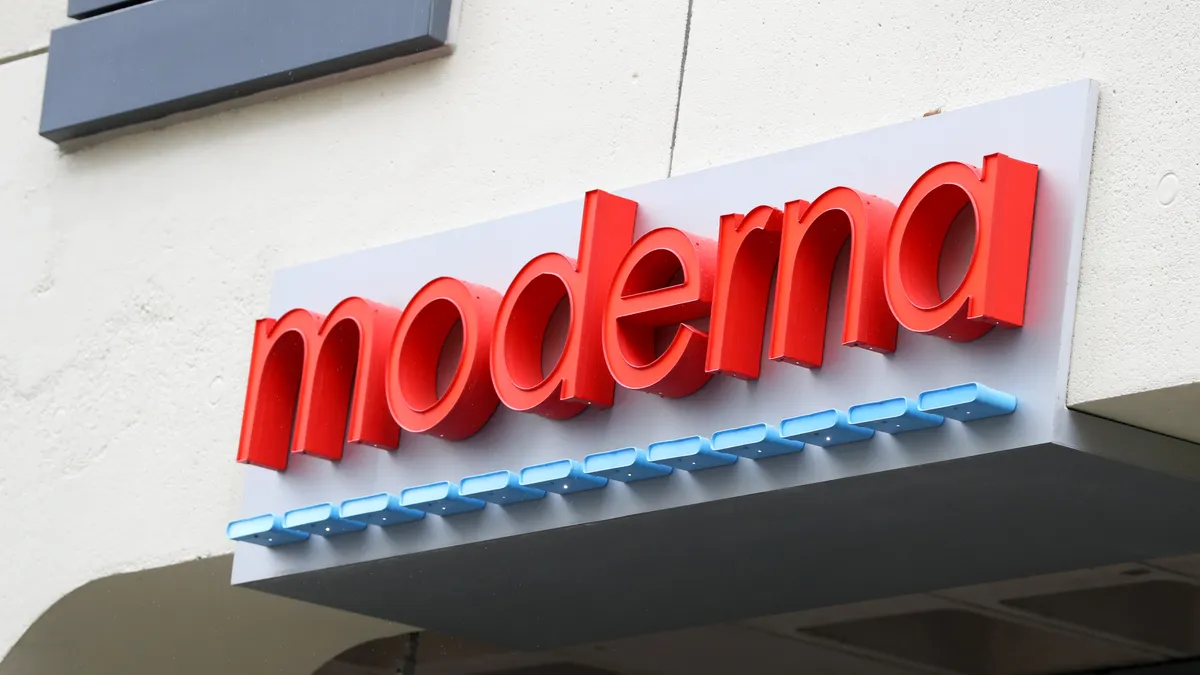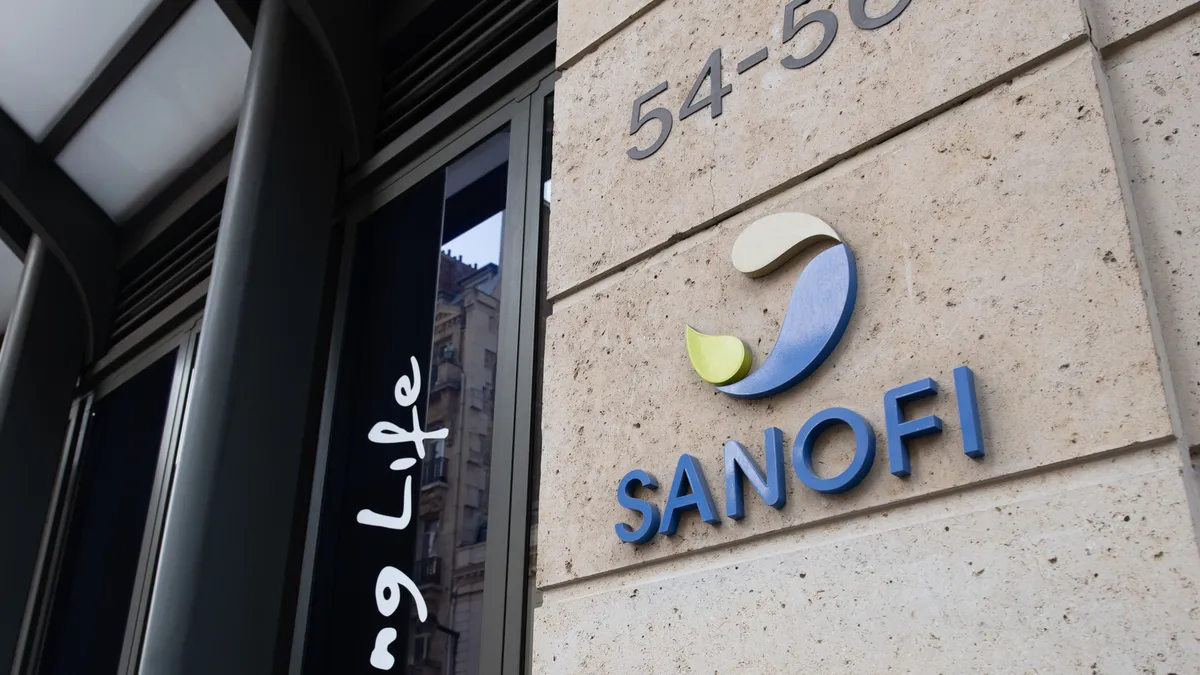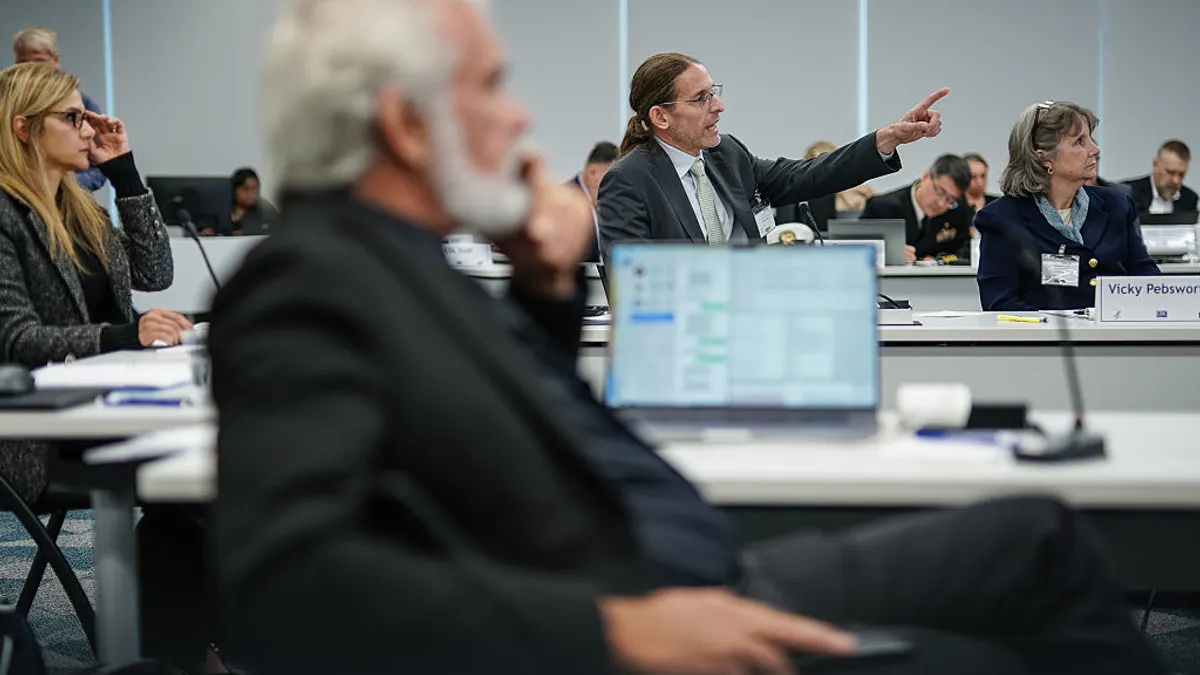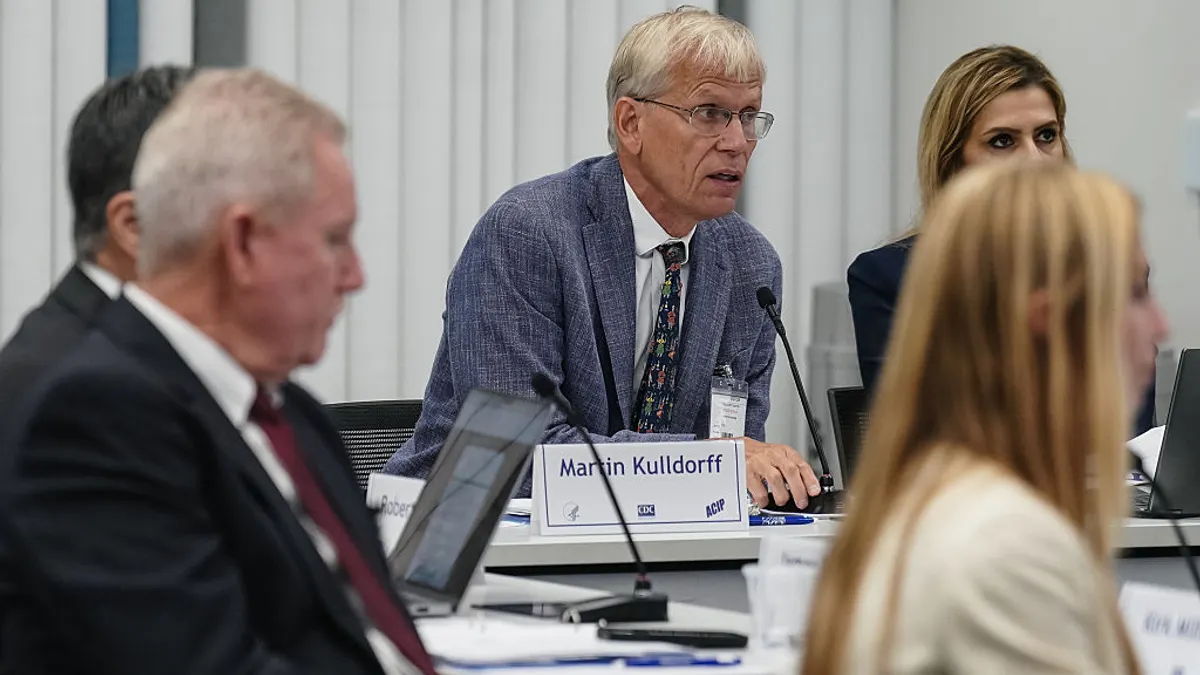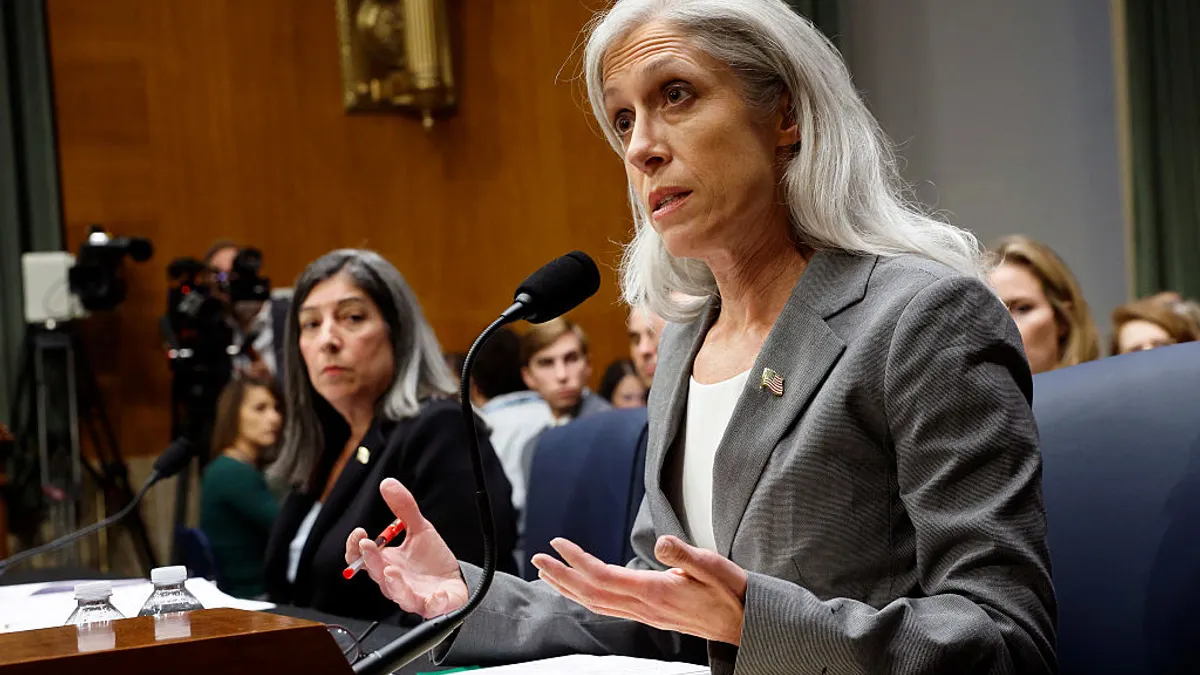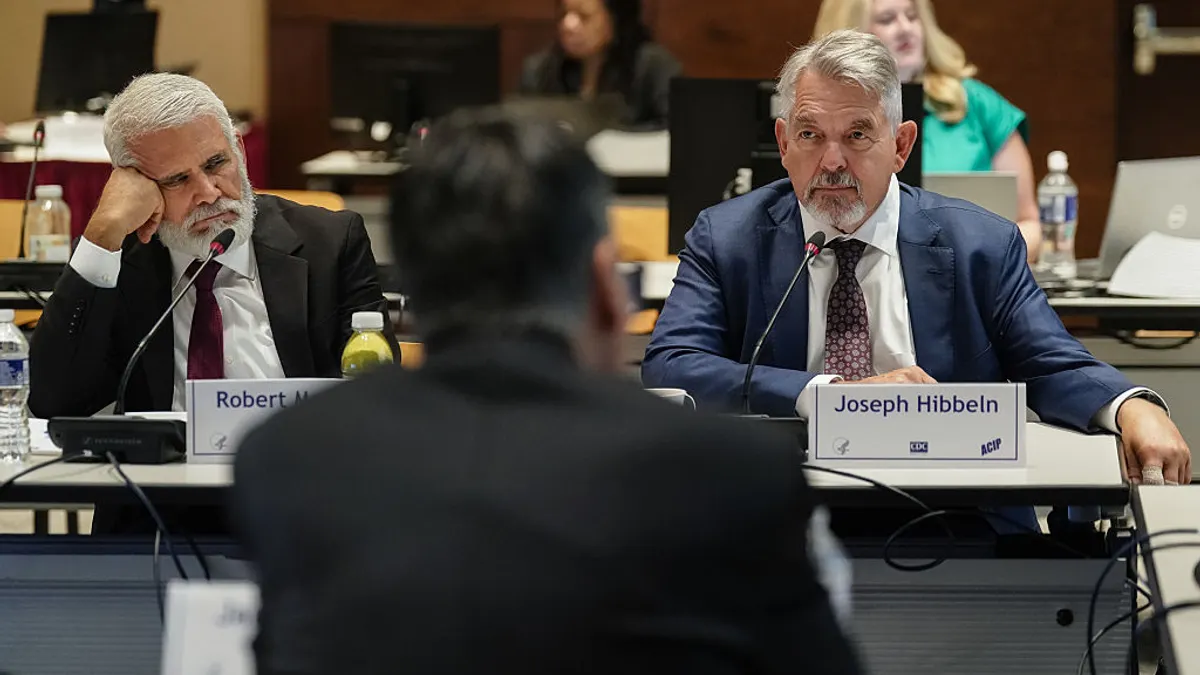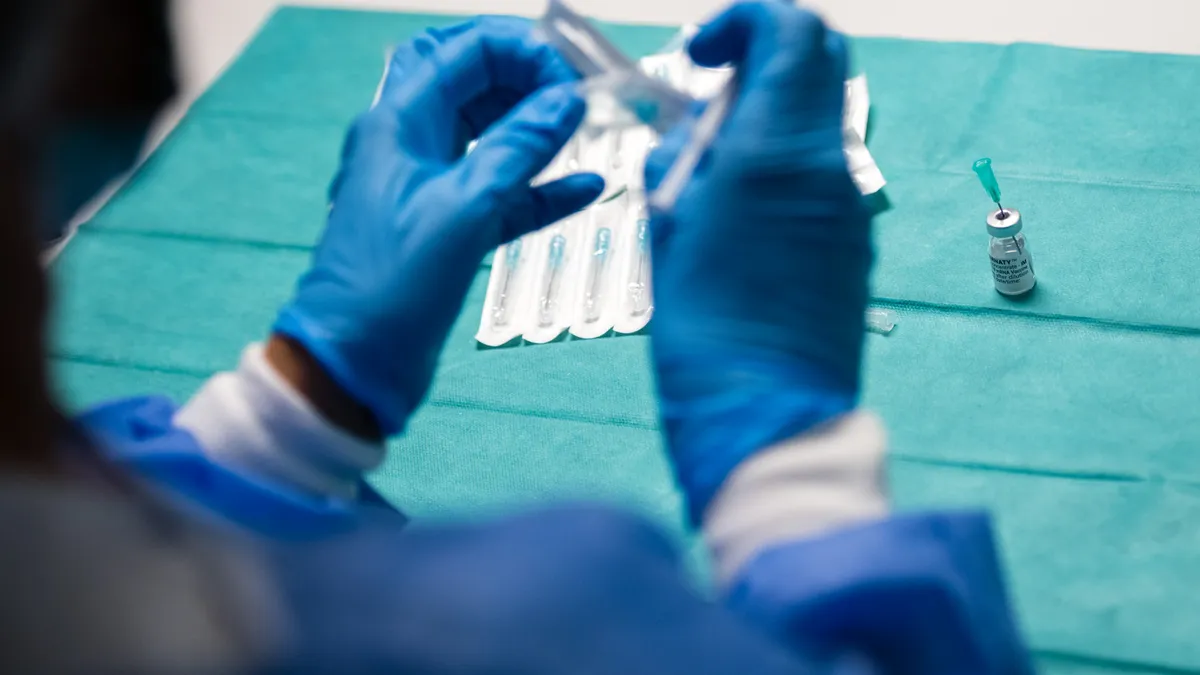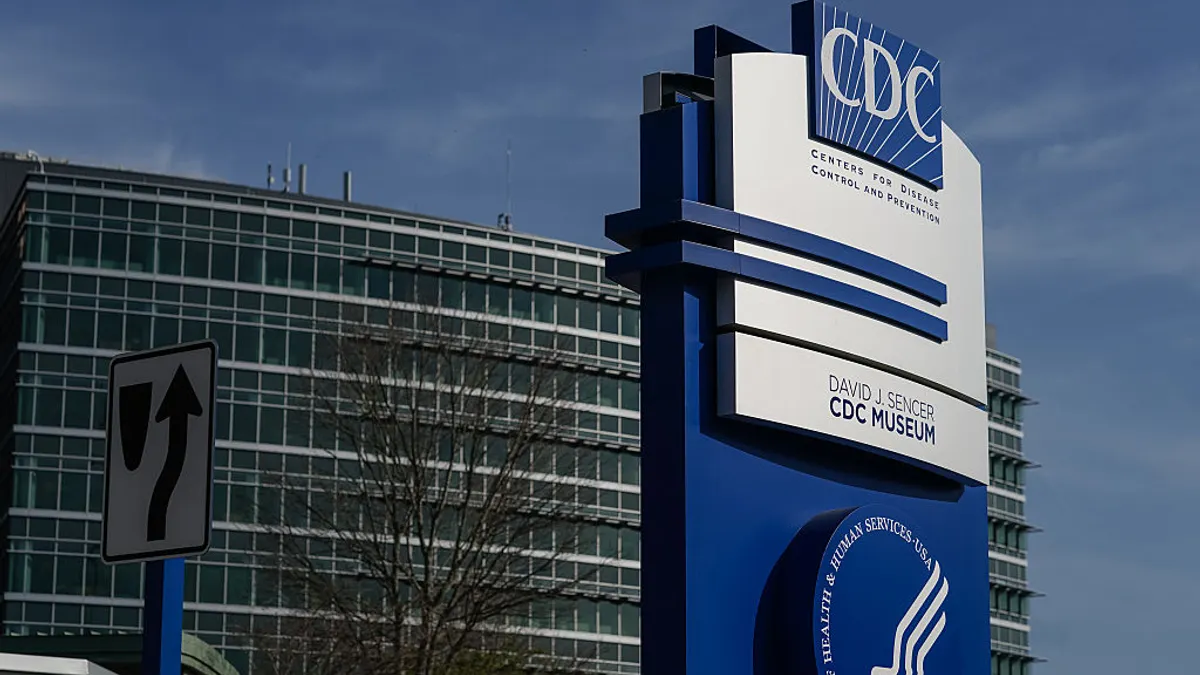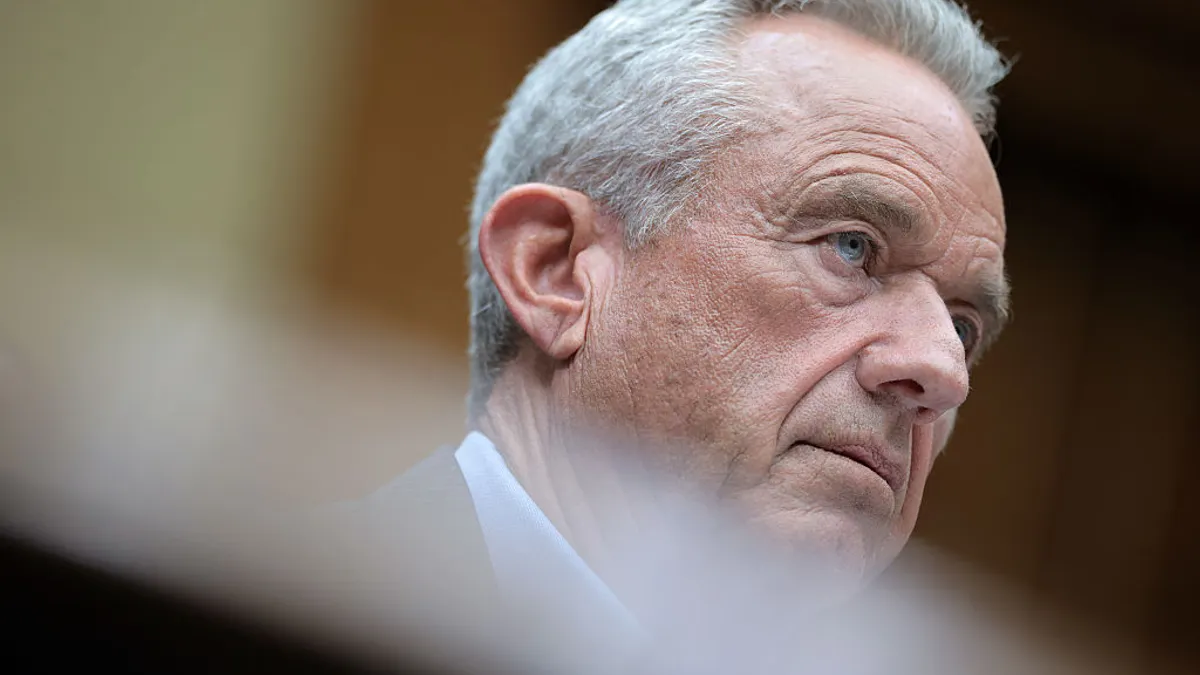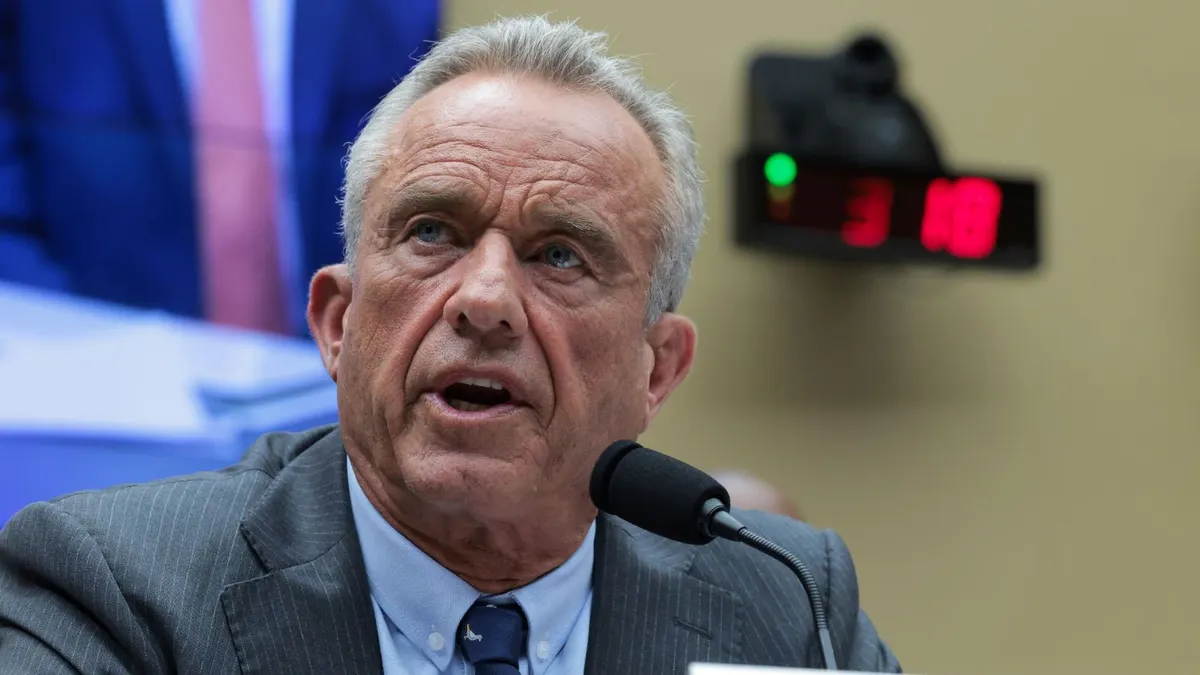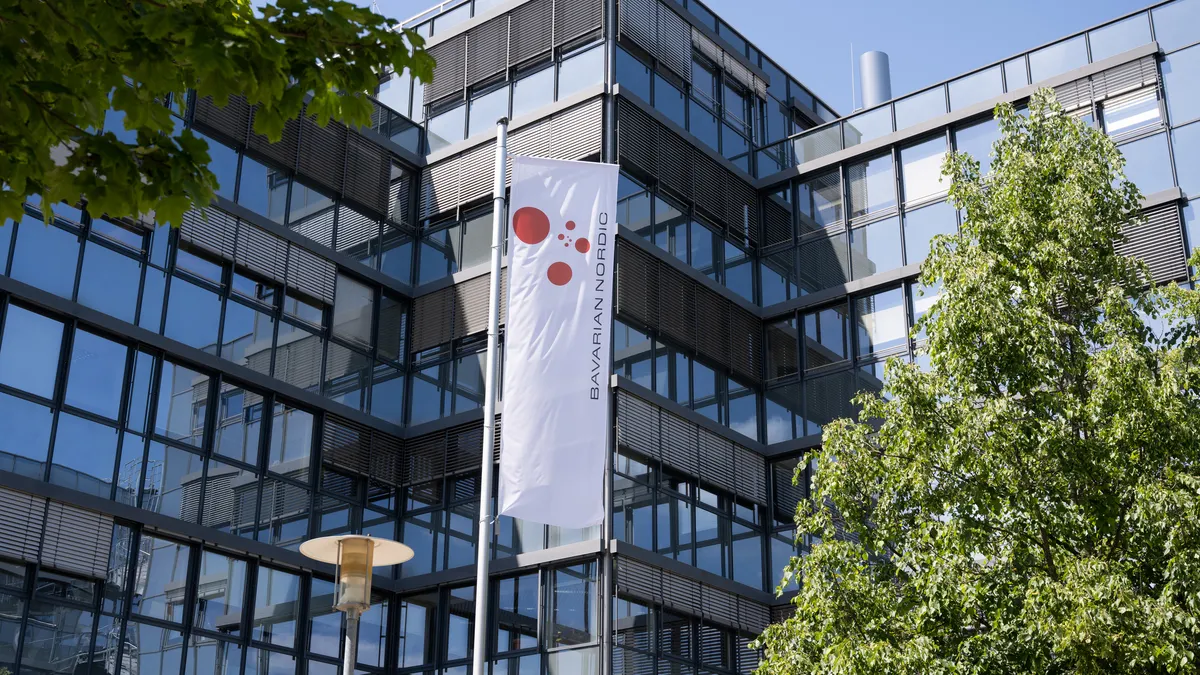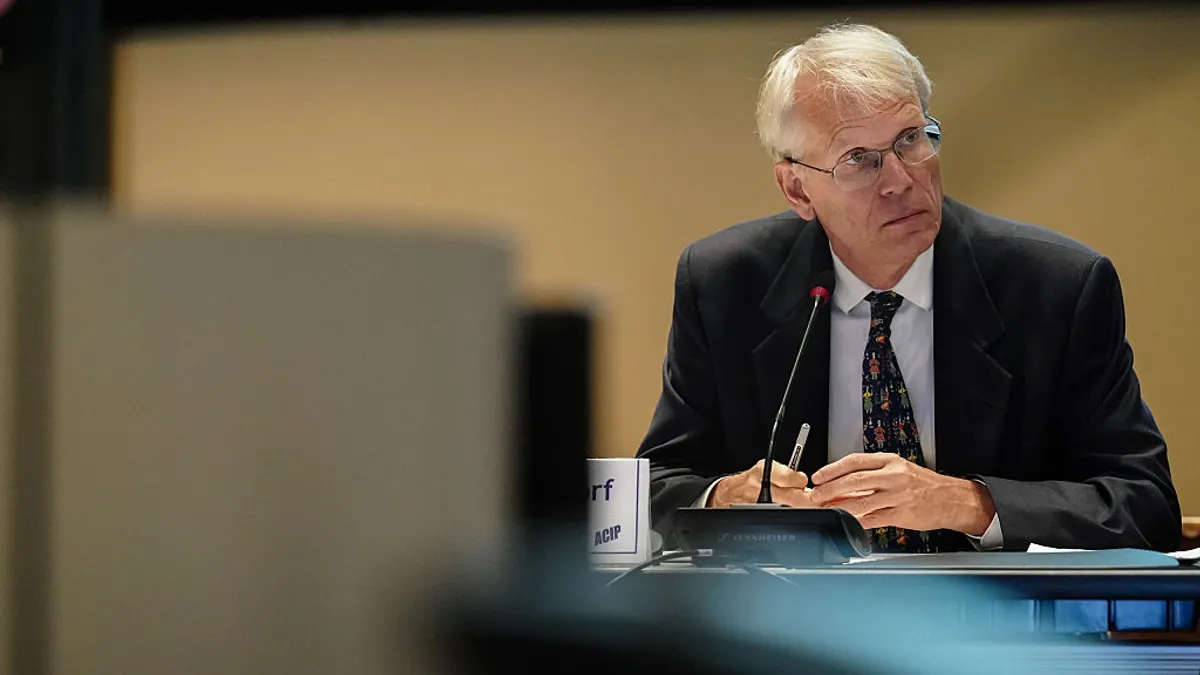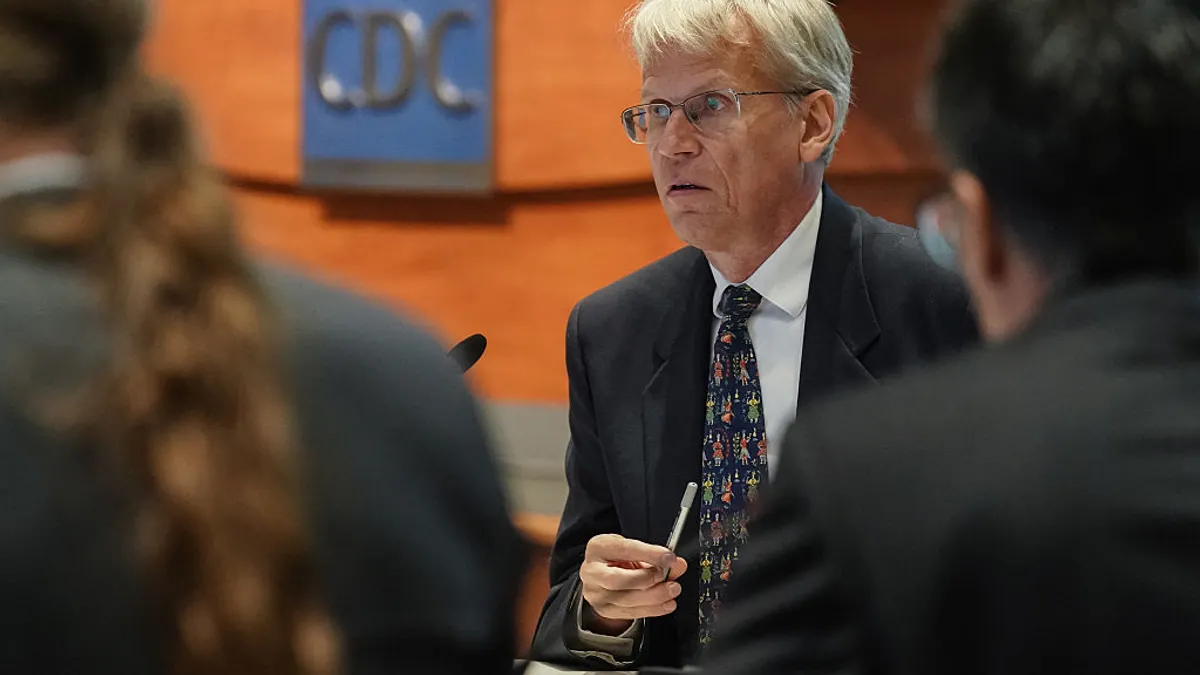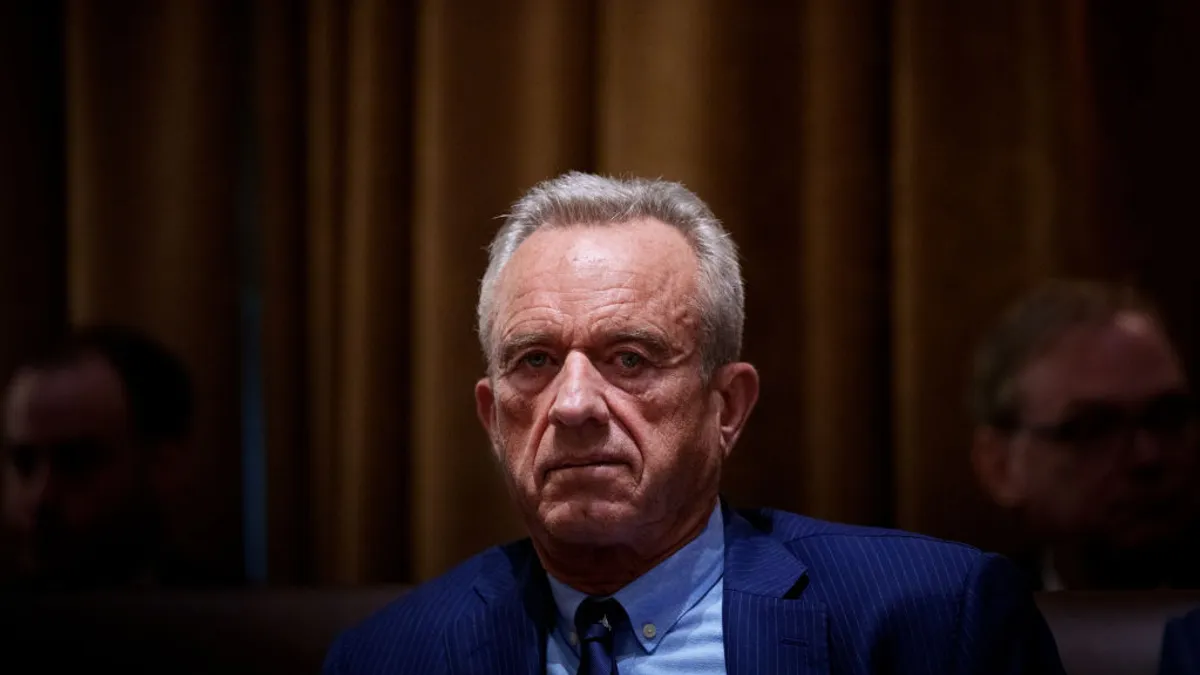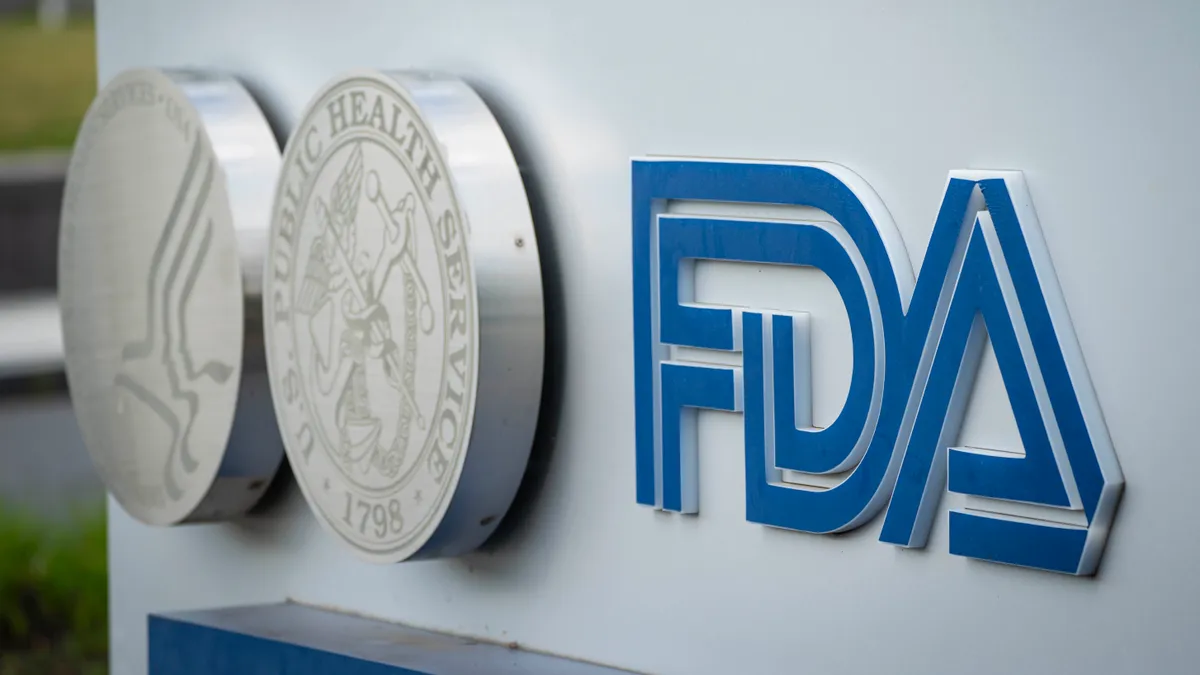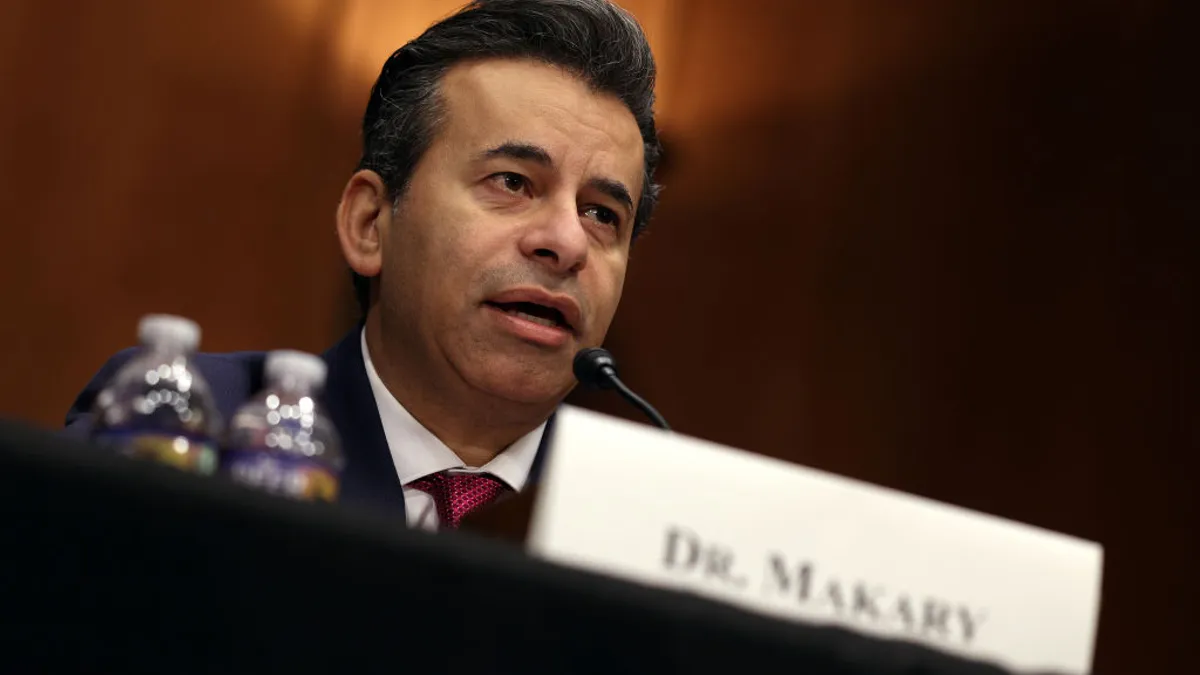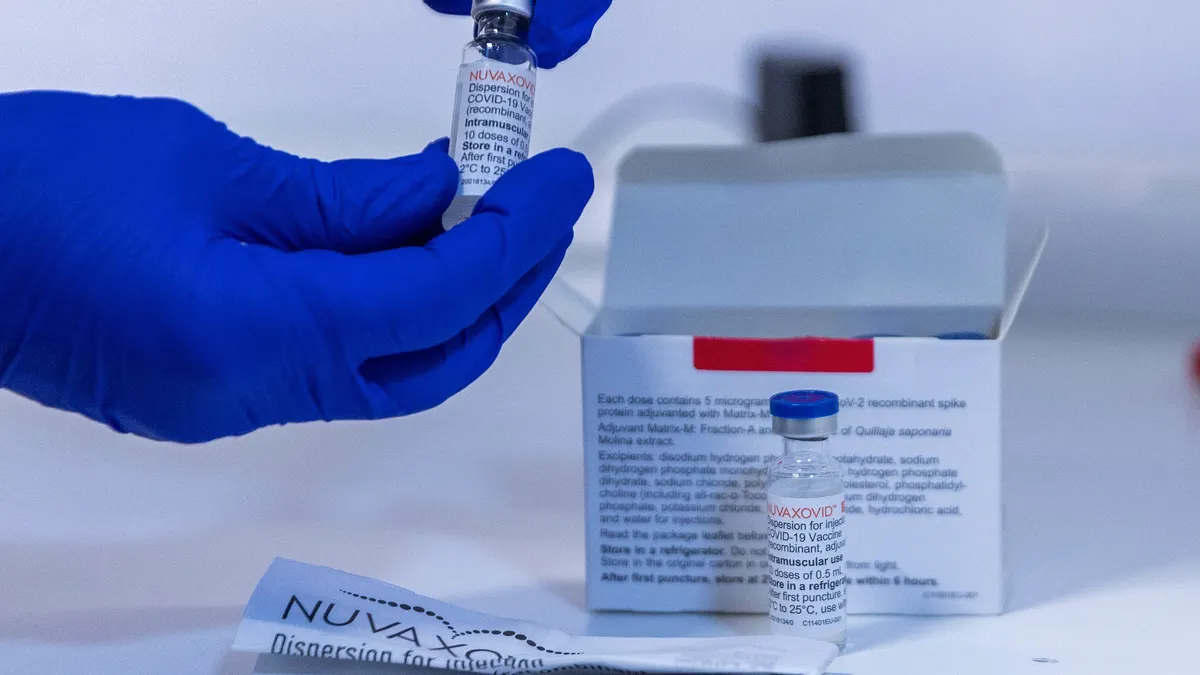Advisers to the Centers for Disease Control and Prevention voted Thursday to recommend against use of Merck & Co.’s combined measles, mumps, rubella and varicella vaccine in young children receiving their first dose, seeking to reduce the incidence of rare cases of seizures.
The Advisory Committee on Immunization Practices instead recommended that the shot for varicella, the virus that causes chickenpox, be administered separately from the MMR inoculation in children age 4 and younger. Current policy recommends either approach for the youngest children: MMR and varicella together in Merck’s combined ProQuad vaccine, or in two separate shots.
The committee voted 8-3, with one abstention, for the new guidelines. ACIP recommendations go to the CDC director for endorsement. With the recent ouster of former agency head Susan Monarez, acting director Jim O’Neill will likely be the official to review the recommendations.
Panelists who advocated for the shift pointed to data indicating the combined shot has around double the rate of fever-related, or febrile, seizures in this group of children — roughly seven to eight per 10,000 compared to roughly three to four per 10,000 for those receiving MMR and varicella separately at the same physician visit.
As a practical matter, such a policy shift may not prevent that many febrile seizures. Because the CDC already evaluated this risk in 2008 and 2009, and communicated it to physicians and patients, only around 15% of children in this age group receive the four-part shot, CDC officials said.
“I’m not quite sure where we're going with this discussion,” said committee member Cody Meissner, a pediatrics professor at Dartmouth College. “I think that the current wording is appropriate.”
The combined shot improves adherence to the childhood vaccination schedule, which in turn helps prevent disease outbreaks, panelists opposed to changing the recommendation said.
Moreover, changing guidelines could take away parents’ options by reducing their access to the MMRV vaccine. For example, the Vaccines For Children program may no longer be able to pay for the MMRV vaccine, although health insurers committed to covering any shot recommended as of Sept. 1 through the end of 2026.
On Thursday, the committee voted 8-1, with three abstentions, to retain the program’s coverage under the old CDC recommendations, which includes the combined MMRV shot. Committee members were unsure of the meaning of this second vote, wondering whether it would mean differing guidelines depending on how a child’s vaccine was covered. Meissner abstained as a result.
On Friday, however, the committee reconvened and agreed to re-do their vote, citing the previous day’s confusion. Nine members voted to endorse adoption of the new guidelines in the Vaccines for Children, while three abstained.
Prior to the re-vote, Jason Goldman, a liaison to the committee from the American College of Physicians, criticized the committee’s handling of the issue. “I was very concerned about the vote that was taken yesterday, because you had two conflicting votes that you’re now reconsidering,” he said.
“Would you consider that the second vote [Thursday] actually revealed the truth, that you do not have the data or evidence to challenge the current standing and that there is no associated harm?” Goldman added.
Voting followed a discussion Thursday that focused heavily on the vaccine’s safety. Committee member Vicky Pebsworth, research director for the vaccine skeptical group National Vaccine Information Center, argued that reducing febrile seizures could prove beneficial to public health. She noted how some research has shown “detrimental effects on neurodevelopment” that could make children susceptible to attention deficit hyperactivity disorder, epilepsy and other conditions.
Meissner didn’t agree. “Febrile seizures occur in 3% to 5% of all children. They're common, and every pediatrician is experienced in febrile seizures, and we know that the prognosis is excellent,” he said.
The tension over the MMR vaccine schedule is heightened by the role of Health and Human Services Secretary Robert F. Kennedy — a vaccine critic himself — in firing all the prior ACIP members in June and installing the current hand-picked panel. Kennedy also dismissed Monarez, who claims she was fired for refusing to rubber stamp ACIP recommendations ahead of time.
Moreover, the MMR vaccine has long been in the crosshairs of anti-vaccination activists, based around the now-discredited work of British doctor Andrew Wakefield, who sought to link use of the MMR vaccine with increasing incidence of autism. Kennedy’s HHS is expected to deliver a report this month on the causes of autism.
The panel was scheduled to also vote Thursday on changes to the federal recommendation on hepatitis B vaccination, but postponed until Friday, when they decided to table that vote indefinitely.
Editor’s note: This story has been updated to reflect the committee’s re-vote Friday on guidelines for the Vaccines for Children program.



